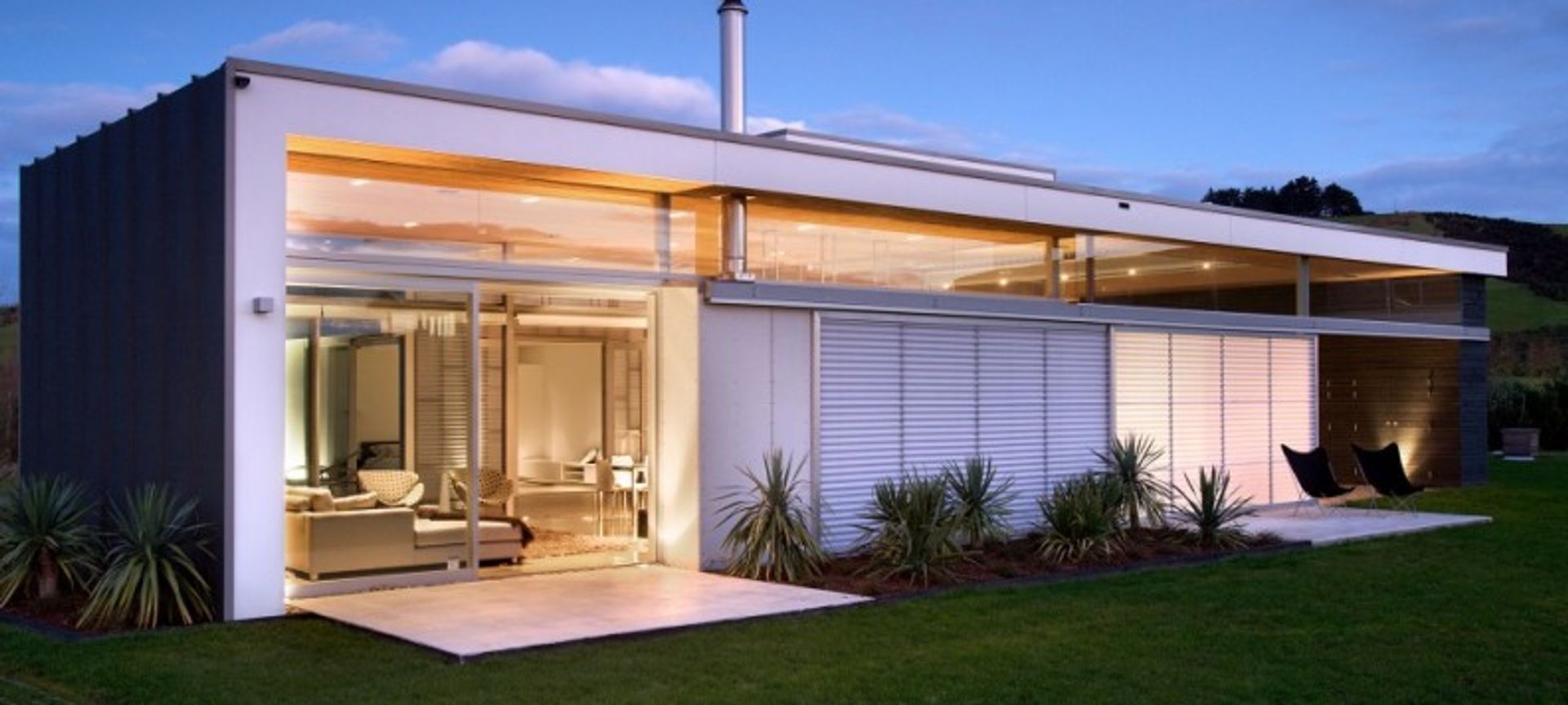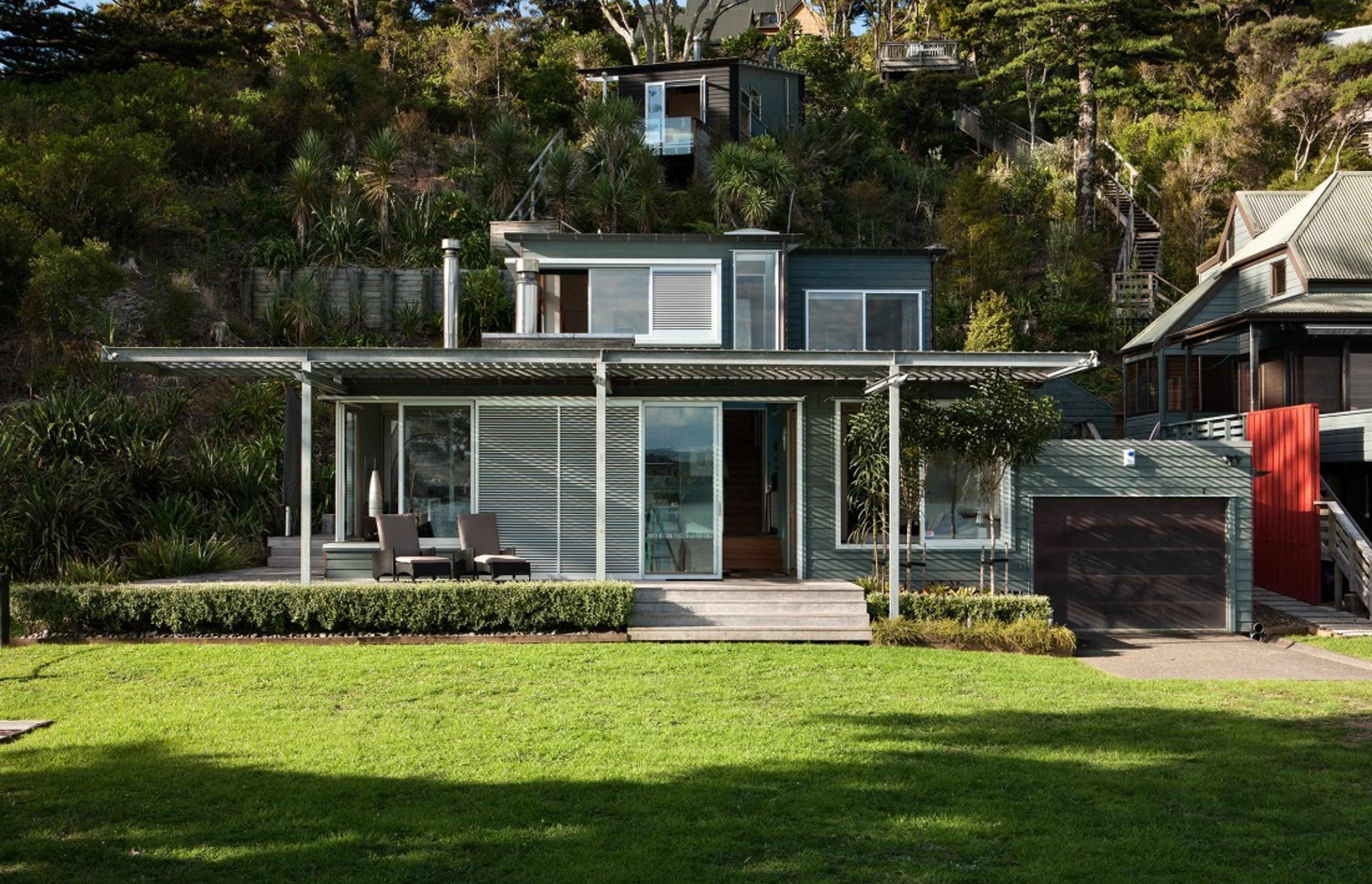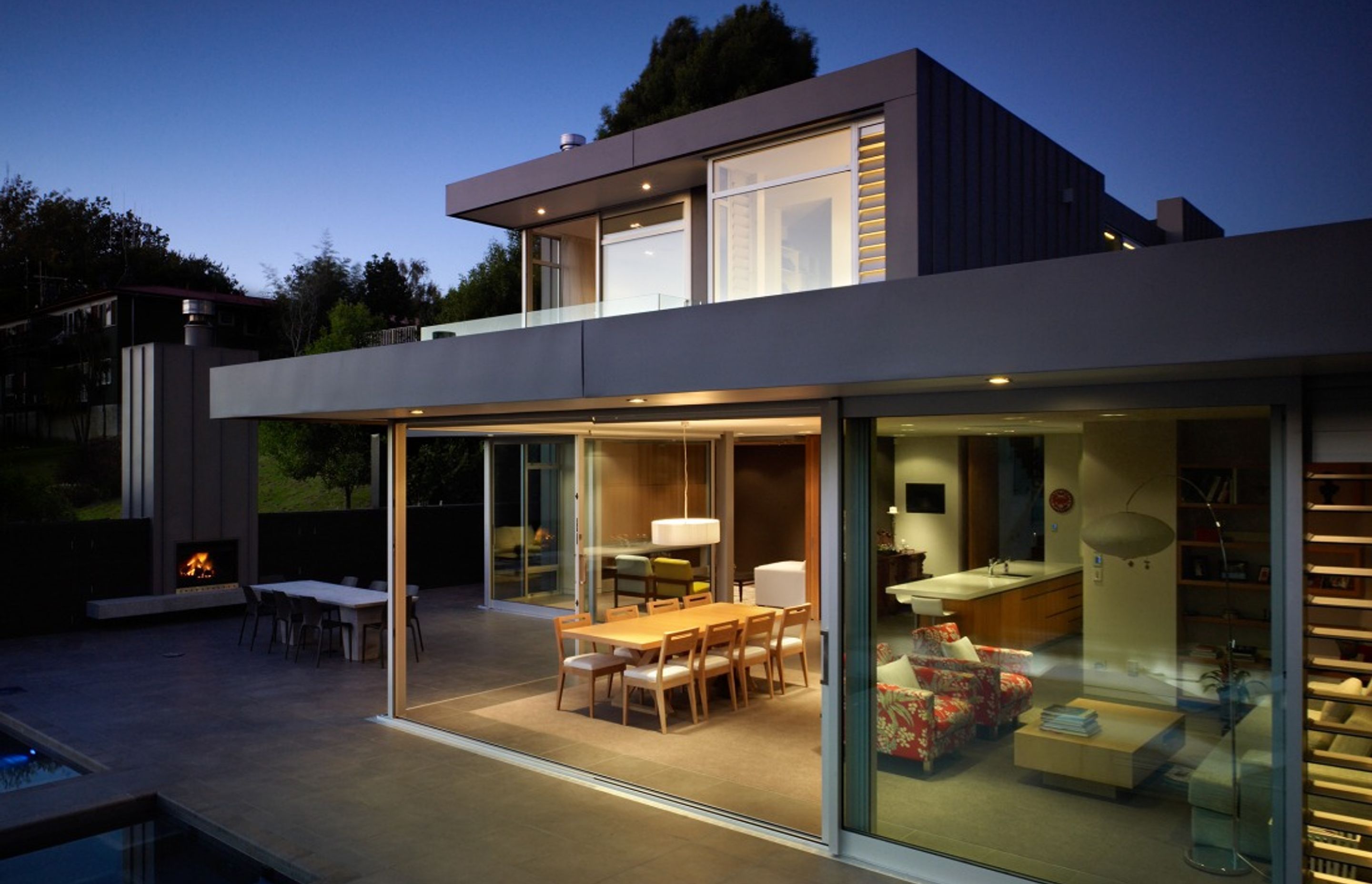The psychology of spaces: why architects aren't just for the wealthy
Written by
13 June 2017
•
6 min read

There are many ways to consider what is valuable when embarking on the process of building a home. For some, it may be simply budget and the most cost efficient route to go down, for others it may be the location, the timeframe. Or it may be how the house is to be used and what it will add to a person’s life. Whatever the primary concern or motivating factor for building a house may be, doing it without all the available tools and expertise can leave you out in the cold.
For architect Malcolm Taylor of Xsite Architects, he compares not using an architect to trying to compose a piece of music using only two notes, or writing a poem using only half the letters of the alphabet. “If you don’t use everything available to you, you’re immediately limiting yourself and the overall outcome of the project,” Malcolm says.
For some, the thought of using an architect is a daunting one, primarily because of the perceived cost of doing so. However, while an architect’s fee will need to be built into the overall budget, that cost becomes a saving when the project is considered as a whole.
The benefits of using an architect are wide ranging with the most obvious, the final outcome – well designed, personalised spaces that fit perfectly with the client’s needs. Secondly to that, of course, are the efficiencies throughout the design and construction phase that an architect will achieve flowing through everything from the detailed design phase, the tender for construction, and the general management of the entire process from concept through to final completion.
That being said, there are various options to choose from when designing a new home. One of the most popular methods is using a group house builder. Companies like these generally have a range of designs to choose from. “If you go with this option, the only design input you’ll have is the orientation of the building on the site and limited finishings, generally.”
Often, group housing companies will allow clients to make some design changes, but these can come at a significant extra cost. Along with that, the materials used in these standardised designs are generally at the lower end of the spectrum, and will be similar in nature to other houses completed by that company because they are purchased in bulk for cost efficiency.
Another option is working with a builder and instructing a draughtsperson directly. While this route means it is possible to have more input into the design itself, choosing this option means utilising the skills of a person who is not a trained architect and
therefore generally won’t consider the impacts of the plans in the way an architect would.
“People often find when employing a draughtsperson directly that they are generally very good at their job; they excel at taking instructions and developing plans from there. But where this process is lacking, is that without good instructions and design knowledge, the end result won’t be as good as it could be,” Malcolm says. “And then builders tend to look at things from an ease of construction perspective rather than a design-led one.”
“What people often don’t realise is the value that an architect can add to a project. Architects live, dream and breathe architecture. We are people who walk into spaces and immediately consider how they could be improved. Architecture is an ongoing conversation.”
Having an architect consider a brief from the beginning, question its aims and the values of the clients, the reasons for building, and understanding the clients’ personalities and what drives them is the first step to creating beautiful, functional spaces.
“We see residential architecture as tailor making a building for a client in that it’s akin to getting a tailor made piece of clothing,” Malcolm says. “If it’s made to fit your body, it will represent your values, your style and your personality and therefore it will fit perfectly. Not everybody values design though, and to continue the clothing reference, it’s a bit like choosing to go to Glassons or a higher end store – there is a difference in the quality and beauty of what you buy.”
From the outset, the relationship between client and architect is a vital one. The architect will start by questioning the brief, getting to know the clients and then coming up with an initial concept to fit within any budget or other restraints around the site.
At this stage, the client will work with the architect to make decisions around the design, materiality and products used based on advice and information from the architect. “Making these decisions at this early stage is vital. If they aren’t made and decisions are made later in the project once construction has started, it can add significant cost to a project,” Malcolm says.
“Spending money in a certain way and engaging an architect has a direct benefit to the finished building. An architect will carefully consider light, ventilation, proportion, space and function. An architect looks at the psychology of the spaces and how they will reflect the personality of the client.”
Once the design has been finalised, architects generally tender the project to builders, which in itself is another cost benefit of engaging an architect. “Having a number of builders price the project alone can result in a 10 – 15 per cent saving simply as a result of the process because they are costing the job based on a tender and are competing rather than just being given the job.”
Throughout the construction phase, architects will manage the process and ensure what is being built represents exactly what was designed. An architect will ensure cost efficiencies and a smooth process, communicating with the client throughout the build phase.
The choice to engage an architect is one that will be made by those who see the benefit in design, and those who want to ensure a seamless process from the beginning of the project through to completion, while ensuring cost efficiencies throughout. Using an architect is for those who can foresee an end result in which they have a great home; a beautiful, functional home that fits them perfectly.
Get in touch with the country’s best architects on ArchiPro here, and peruse the largest collection of residential projects while you’re there.


